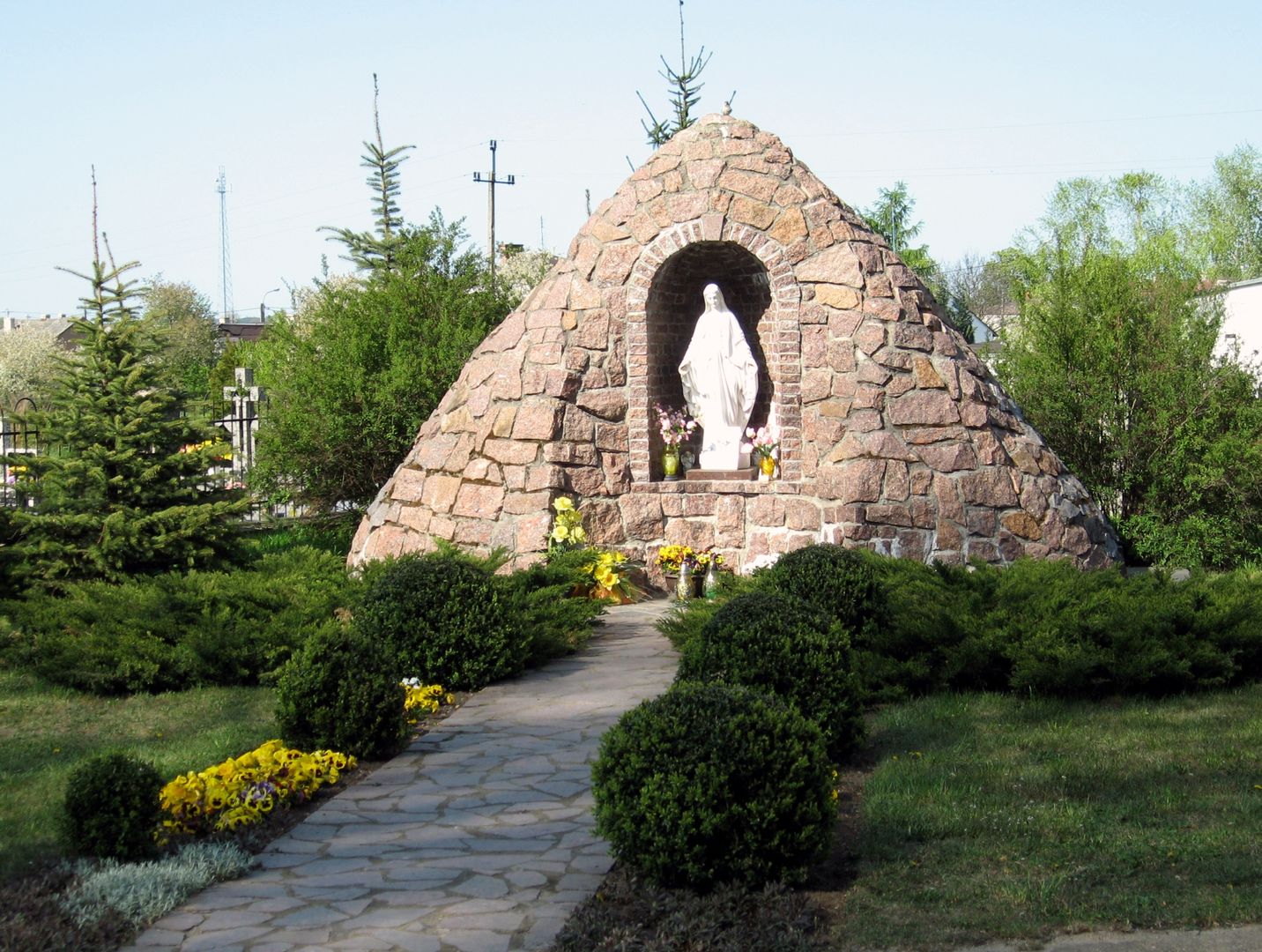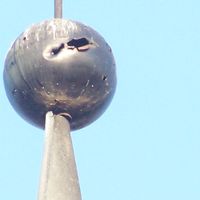Parish of Our Lady Queen of the Holy Rosary in Iłowo-Osada
6.49

Overview
The Parish of Our Lady Queen of the Holy Rosary in Iłowo-Osada, located in the Diocese of Toruń, boasts a rich history dating back to the early 15th century. The first mentions of Iłowo date to 1403, when the residents of the commune attended church in Narzym. After the secularization of Teutonic Order estates and the introduction of Lutheranism, Iłowo came under the care of an Evangelical parish. In the 19th century, Catholic masses began to be celebrated in private homes, and in 1927, a parish church in the Neo-Baroque style, designed by architect Kwiatkowski, was built. The church features a distinctive tower and a three-nave interior, while its furnishings reference the Baroque style, with paintings of Our Lady of the Rosary and various saints. The church was consecrated in 1953. During the interwar period, the parish developed dynamically, with various Catholic associations. After World War II, the church was closed by the German administration, but after the war, its activities resumed, and the parish was under the Diocese of Chełmno, and from 1992, the Diocese of Toruń.
The parish includes the villages: Dwukoły, Iłowo-Osada, Janowo, Kraszewo, and Sochy. In Iłowo, there is also a Convent House of the Congregation of the Sisters of St. Joseph with a chapel dedicated to St. Joseph. The parish is culturally active, engaging the faithful in various groups, such as the Living Rosary, Catholic Action, the parish choir, and the Catholic Youth Association. An interesting fact is that the church's organ was built by W. Biernacki in 1930, and the church houses a Baroque monstrance from 1702, funded by Fr. Mikołaj Wojciech Więckowicz. Among the parish priests, one can mention Fr. Canon Jan Pezara, the current parish priest, and Fr. Tadeusz Broniszewski, who served as curate during World War II, enduring the difficult period of occupation. The parish, being a place of rich history and culture, is an important element of the local religious community.
Location
You can also find here:
2025 Wizytor | All Rights Reserved
